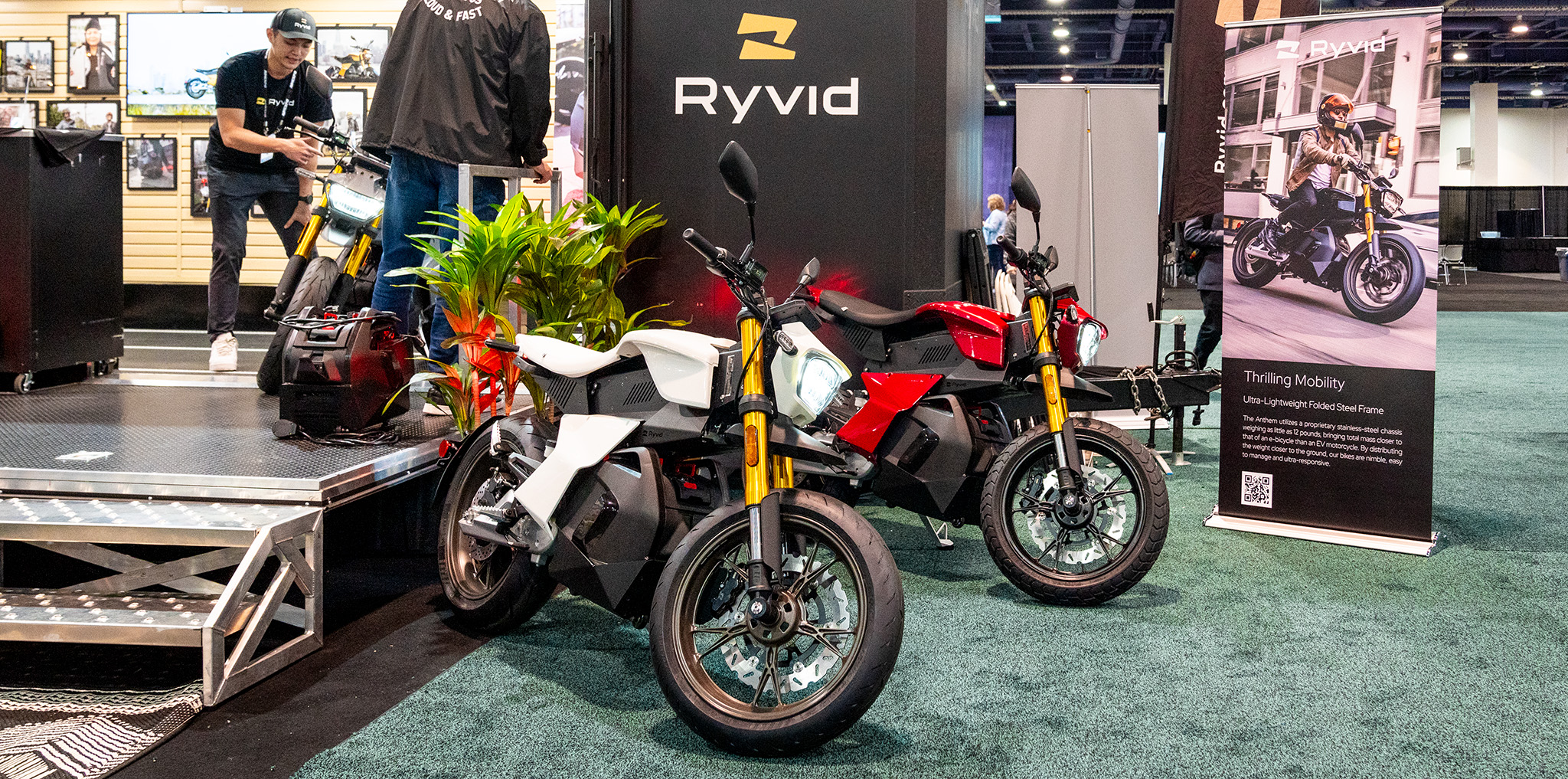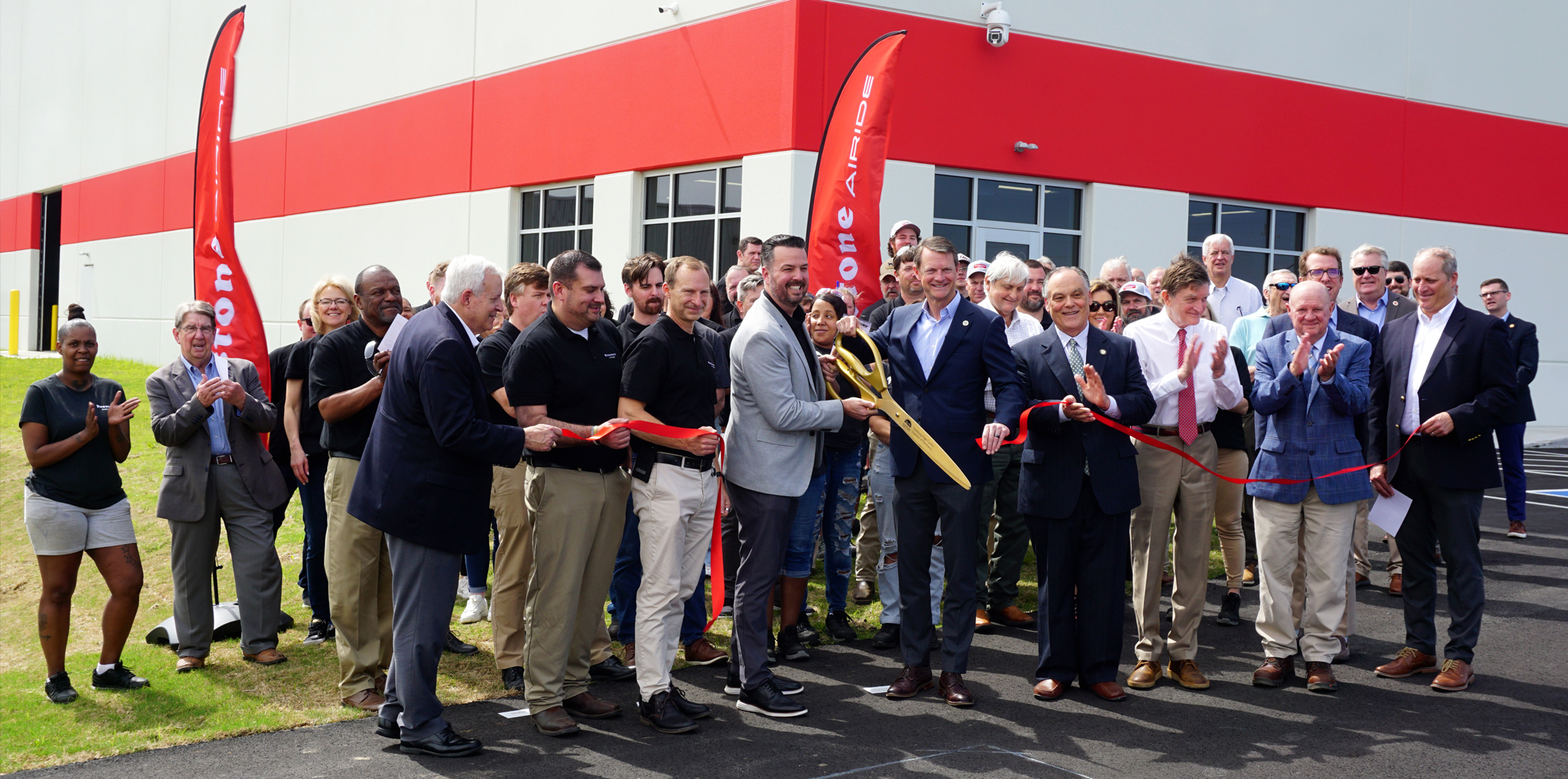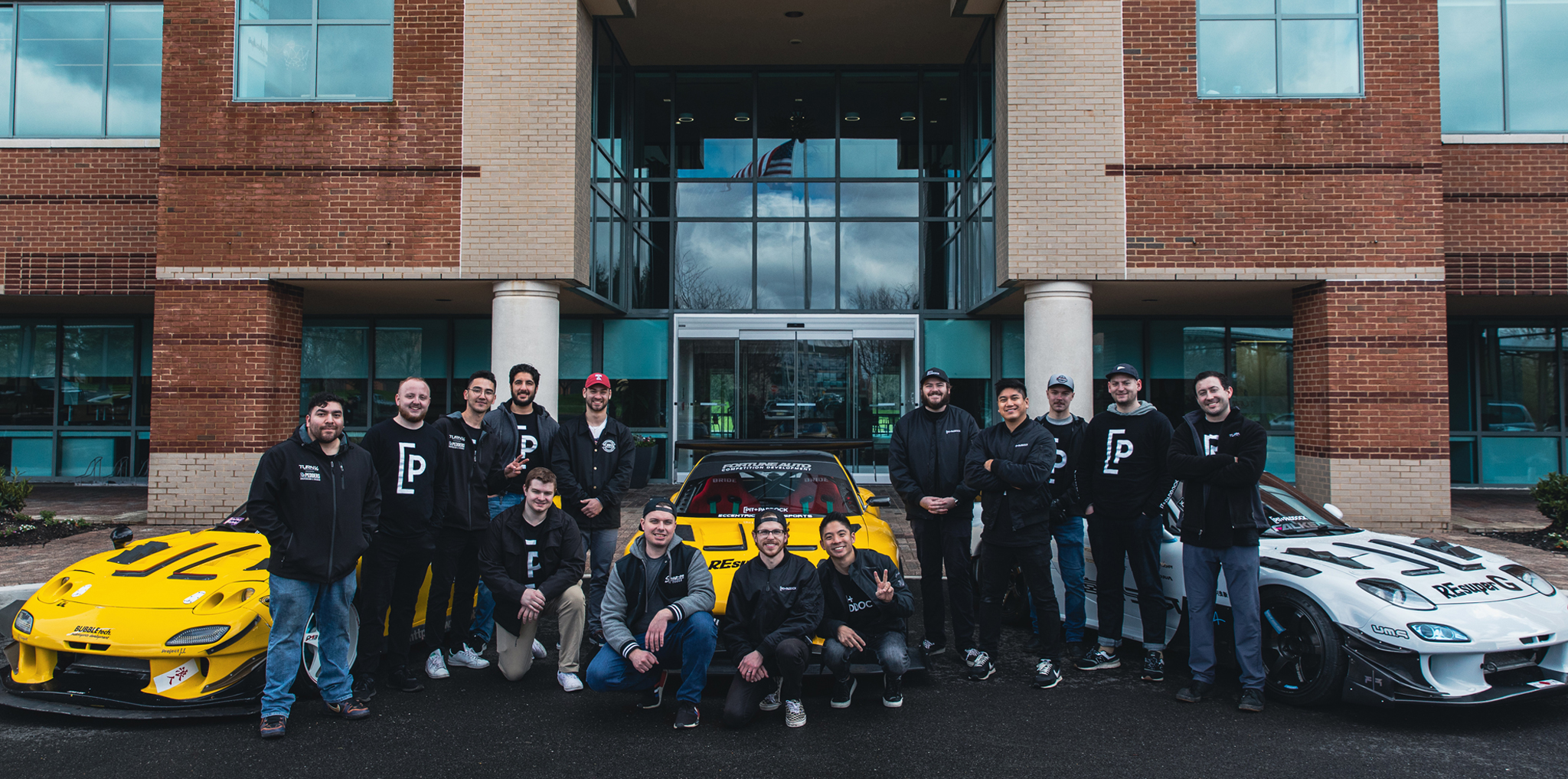
- The EP3 Civic Si is an economical, 2.0-liter, 5-speed manual hatchback produced by Honda from 2002-2006 and was the first to feature a K-series engine.
- Despite receiving international praise, the EP3 was criticized heavily in the United States for its unconventional shifter and being less powerful (160hp) and heavier (2800lbs) than the outgoing EM1.
- Its stateside appreciation is on the rise thanks to its reasonable price tag to fun ratio and aftermarket support from industry staples, like Koyorad, which prides itself on producing cooling solutions for a wide variety of makes and models.
Some cars arrive before their time. Some are a little too quirky to become mainstream. And some just flat-out miss the boat altogether because of poor performance or tough competition. Most of the time, it’s a combination of multiple factors, but regardless, the result is often the same: they are forgotten.
Forgotten may be a harsh classification, but these cars are the first of four opening acts on a tap-dancing tour through Canada’s arctic region. In other words, the audience is sparse. Nevertheless, there is a niche for everything and even forgotten cars are appreciated and enjoyed by someone; like me, the proud owner of this Nighthawk Black Honda EP3 Civic Si.
WHAT YOU NEED TO KNOW
The seventh generation Civic Si was a four-year special from Honda and only came as a three-door hatchback. Like its more modern FK8 Civic Type R relative, the EP3 was made in Honda’s Swindon, England factory and shipped worldwide from there—even Type Rs that were destined for Japan. It had the unfortunate honor of being the successor to the highly acclaimed EM1 Civic Si, a car that was born, modified, and subsequently stolen during the sport compact boom. The EP3’s Acura equivalent was the base RSX; it inherited the same K-series engine (K20A3) and 5-speed manual gearbox but the lever itself was, controversially, mounted to the dash.
WHY IT WAS FORGOTTEN
That controversial gear lever placement didn’t do it any favors, but I’d argue that 95% of its critics never actually drove the car. The stick is perfectly positioned for happy rowing and the extra cargo space that the move freed up is something that I can appreciate as a “seasoned” enthusiast. It had lofty expectations as a follow-up to the EM1, which made an immense cultural impact. Despite having a K-series engine, the A3 variant that came in the EP3 and the base RSX produced 160hp—an identical figure to the EM1—but that 2.0-liter lump had to use the same power to move an extra 300 lbs without the full-fledged VTEC. In other words, it was slower.
It wasn’t exactly lauded for its looks either. At launch, especially compared to its lineage, it wasn’t as exciting. But compared to the models that followed (what exactly were they thinking with the FK?), it’s managed to age exceptionally well and people are coming around to appreciate it.
WHY DID I BUY IT?
I’ve seldom owned truly practical cars. Yes, I’ve had a handful of SUVs, but what they could boast in cargo space, they lost in overall “practicality”—meaning I hardly ever packed them to the gills enough to warrant the abysmal gas mileage—and they were too nice to treat them like a work truck. As a result, I actively sought something nearly the opposite: small, cheap to own, and even cheaper to modify. There was a JDM itch I needed to scratch. Most of my friends enjoyed Japanese sport compact car ownership at its peak; the S2000, Integra Type R, Civic Si, Impreza 2.5RS, and Eclipse GSX were all mainstays amongst our local gatherings. Although the EP3 will admittedly never be those cars, it was adjacent enough to the conversation to give me a similar feeling for a tenth of the price.
And so it began. I bought this 2004—a facelift model with upgraded headlights/taillights, front bumper, side skirts, and 5-lug (5×114.3)—EP3 from my neighbor for a price I couldn’t refuse. It’d been sitting for a while and the first time I test-drove it, I almost flew straight through an intersection because the brakes didn’t work. After the color returned to my face, I handed over some cash and sorted out the required maintenance.
FIRST THINGS FIRST
Koyorad was the obvious choice to address my original factory radiator. It’s been a passionate, Japan-based manufacturer since 1968 and has rightfully earned its knee-jerk association with top-quality cooling solutions amongst JDM street enthusiasts, drift car pilots, and race car drivers the world over. Since it has actively committed to widening its product offering since its stateside introduction in 2004, I was confident that it’d have something that would work for me and my forgotten car. I was right. With a robust, plug-and-play Koyorad aluminum heat exchanger in place—which set the tone for all of the upgrades that followed—I was finally ready to modify it to my liking.
JDM ROYALTY
Since Koyorad’s maintenance/mod set a tone for top-tier quality, I chose to continue along that path. Thanks to Evasive Motorsports and Spoon USA, the car was treated to a generous helping of Spoon and Mugen bits inside and out. An OEM JDM roof spoiler and front bumper cover—with a super rare Air Walker aero front lip—were sourced to complement the tuner accessories. The stock seats were adequate (they are factory Recaros) but bulky; velour Recaro Profi SPGs were an enormous upgrade that played well with the EP3’s grey/black interior scheme. Underneath, the car received a Whiteline Performance rear sway bar and bump steer correction kit, all-new OEM bushings throughout, and a custom valved set of Stance XR1 coilovers. Pretty much everything to sizably upgrade the car, but preserve the EP3’s charm at the same time.
WE’RE ALL A LITTLE WEIRD
As I’ve gotten older, I’ve found my tastes shifting away from the hottest new thing or trying to climb the proverbial rung with each new car. You could say that with this EP3, I’ve almost dismounted the ladder altogether, but I make no apologies for being amongst the minority that’s liked this Honda hatch from the start. Admittedly, I’ve had more fun modifying this forgotten car than I ever thought I would, but the formula makes sense. By modern standards, a 2,800lb FF hatch with a plethora of aftermarket support and JDM pedigree was bound to be a hoot and it’s been awesome to see fans of the platform finally come out of the woodwork. The moral of the story is that you don’t need a grandiose budget to enjoy a car or feel compelled to build a specific car for the ‘gram. Creating something special, something that means a great deal to you without any pressure to appease others or get thousands of Instagram likes, is one of the best feelings in the world.
[table id=124 /]











































































